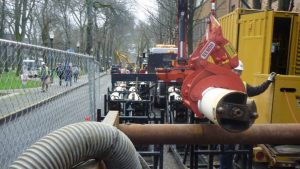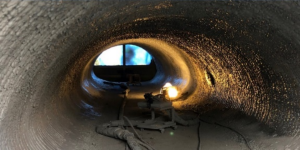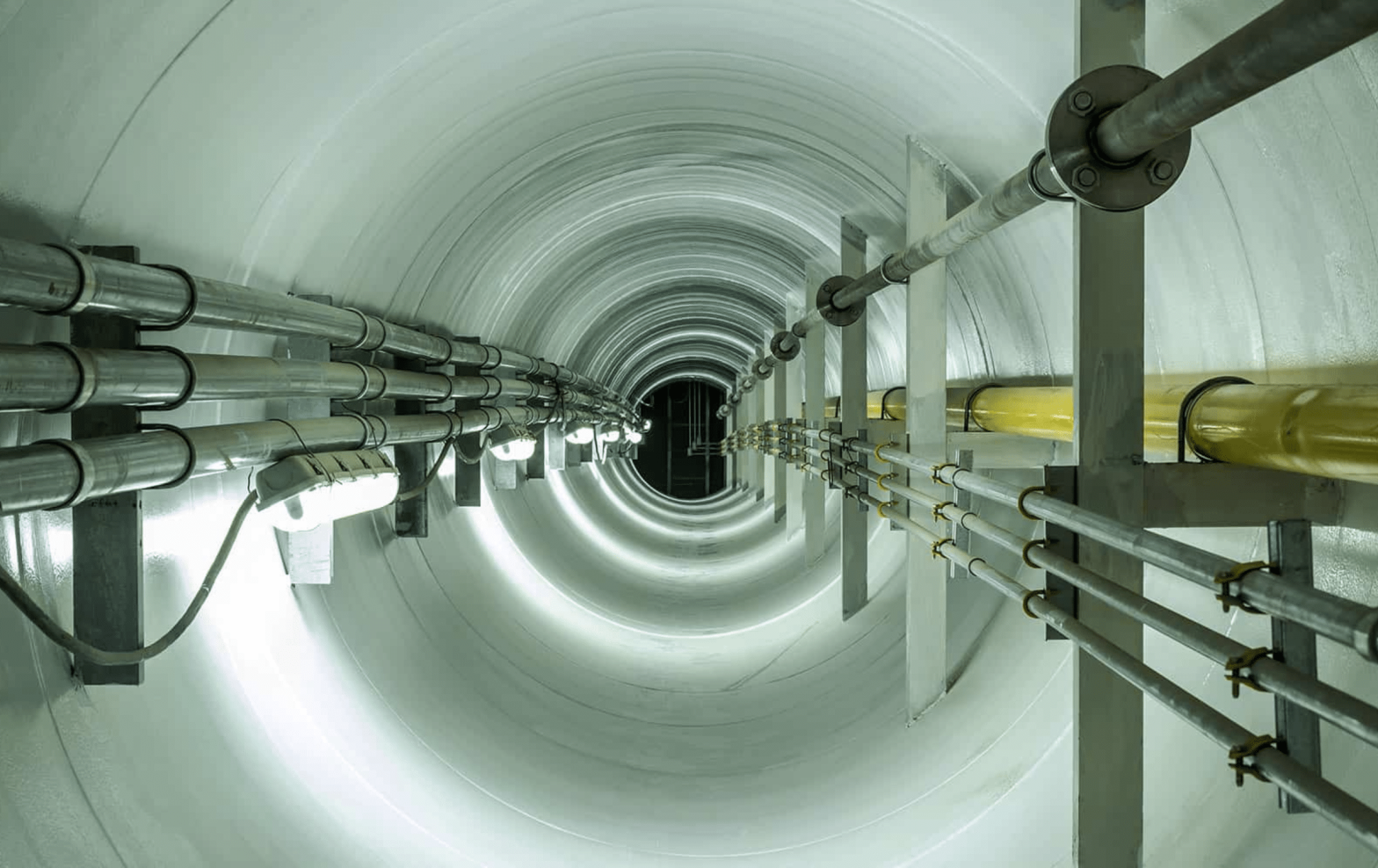Understanding the Trenchless Tunnel Method
In the realm of construction, the trenchless tunnel method has emerged as a revolutionary technique, offering a more efficient and environmentally friendly alternative to traditional excavation methods. This method has gained popularity for its ability to minimize disruptions, reduce environmental impact, and enhance overall project efficiency.
The Basics of Trenchless Tunneling
Trenchless tunneling, also known as horizontal directional drilling (HDD) or no-dig technology, involves the installation of underground infrastructure without the need for extensive excavation. This method is particularly advantageous in urban areas where traditional digging may cause significant disruptions to traffic, utilities, and the environment.

How Trenchless Tunneling Works
The trenchless tunnel method employs specialized drilling equipment to create a horizontal bore path beneath the surface. A drilling rig is used to launch a drill stem into the ground at an angle, and as it progresses, the borehole is steered to the desired endpoint. This process allows for the installation of pipelines, conduits, and other utilities without disturbing the surface above.
One of the key advantages of trenchless tunneling is its ability to navigate obstacles and existing infrastructure, reducing the need for costly and time-consuming rerouting. This method is particularly useful in densely populated urban areas where minimizing disruption is essential.
Benefits of Trenchless Tunneling
There are several compelling reasons why the trenchless tunnel method is gaining popularity in the construction industry:
1. Minimal Disruption
Unlike traditional excavation methods that can disrupt traffic, damage landscapes, and hinder day-to-day activities, trenchless tunneling minimizes these disturbances. This is especially crucial in urban areas with heavy pedestrian and vehicular traffic.
2. Environmental Friendliness
The trenchless tunnel method is more environmentally friendly compared to traditional digging. It reduces the need for large-scale excavation, preserving natural habitats and minimizing soil disturbance. This makes it an eco-conscious choice for construction projects. For drill it group trenchless installation services see here.

3. Cost-Effective
While initial investment in trenchless tunneling technology may be higher, the overall cost of a project can be lower due to reduced labor, restoration, and traffic management expenses. The efficiency of the method also contributes to faster project completion, leading to potential cost savings.
Applications of Trenchless Tunneling
The versatility of the trenchless tunnel method makes it suitable for various applications:
1. Utility Installations
Trenchless tunneling is widely used for installing water and sewer lines, gas pipelines, and electrical conduits without disrupting the surrounding infrastructure. This is particularly valuable in densely populated areas where minimizing service disruptions is crucial.
2. Cable and Fiber Optic Installation
Telecommunication companies utilize trenchless tunneling to install cables and fiber optics with minimal disruption to existing infrastructure. This is essential for expanding and upgrading communication networks in urban and suburban settings.
3. Rehabilitation and Repair
The trenchless tunnel method is employed for rehabilitating and repairing existing underground infrastructure, such as sewer and water lines. This allows for the restoration of functionality without the need for extensive excavation.
Conclusion
The trenchless tunnel method represents a significant advancement in the field of construction, providing a sustainable and efficient alternative to traditional excavation. As technology continues to evolve, this method is likely to play a crucial role in addressing the infrastructure needs of urban environments while minimizing environmental impact and project costs.

